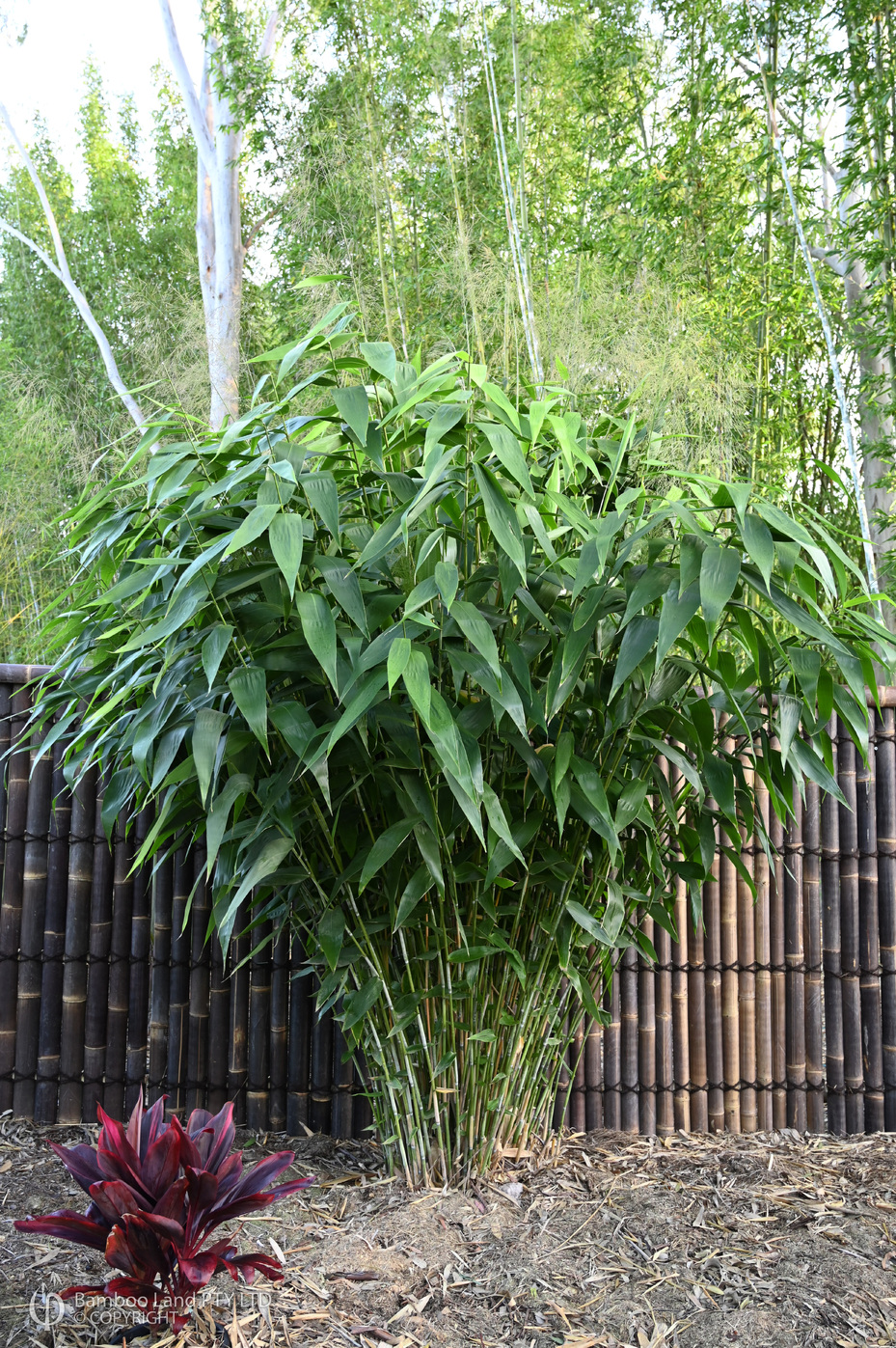Tiger Grass Plant: A Comprehensive Guide
Tiger grass, also known as Thysanolaena maxima, is a fascinating plant that is gaining popularity among gardeners and landscape enthusiasts. This article aims to provide a comprehensive guide to tiger grass, including its characteristics, cultivation, uses, and benefits.
Characteristics of Tiger Grass
Tiger grass is a tall grass species that can reach heights of up to 10 feet. It is native to Southeast Asia and is commonly found in countries such as Indonesia, Malaysia, and Thailand. The plant has long, slender leaves that are green in color with distinctive white stripes running along the length of the blade, giving it the appearance of a tiger’s stripes.
Tiger grass is a clumping grass, meaning that it grows in dense clumps rather than spreading out like other grass species. This makes it an excellent choice for adding texture and visual interest to gardens and landscapes.
Cultivation of Tiger Grass
Tiger grass is relatively easy to grow and requires minimal maintenance once established. It thrives in tropical and subtropical climates and prefers well-draining soil with regular watering. The plant can tolerate a wide range of soil types, from sandy to clayey, but it performs best in rich, fertile soil.

To plant tiger grass, dig a hole that is slightly larger than the root ball and place the plant in the hole at the same level as it was in the container. Fill in the hole with soil and water the plant thoroughly. Tiger grass can be grown in full sun to partial shade and should be watered regularly during the growing season.
Uses of Tiger Grass
Tiger grass has a wide range of uses, both ornamental and practical. In gardens and landscapes, tiger grass is often used as a focal point or specimen plant due to its striking appearance. It can also be used as a privacy screen or windbreak when planted in rows.
In addition to its aesthetic value, tiger grass has practical uses as well. The plant’s leaves can be dried and used to make traditional thatch roofs, baskets, and mats. Tiger grass is also used in traditional medicine for its anti-inflammatory and anti-bacterial properties.
Benefits of Tiger Grass
There are numerous benefits to growing tiger grass in your garden or landscape. One of the main advantages of tiger grass is its ability to attract wildlife, such as birds and butterflies, due to its dense foliage and attractive flowers. The plant also helps to improve soil quality by preventing erosion and adding organic matter to the soil.
Tiger grass is a low-maintenance plant that requires minimal care once established. It is drought-tolerant and can withstand periods of neglect, making it an ideal choice for busy gardeners. The plant is also relatively pest and disease-resistant, further adding to its appeal.
In Conclusion
In conclusion, tiger grass is a versatile and attractive plant that offers a range of benefits to gardeners and landscape enthusiasts. Whether you are looking to add a focal point to your garden, create a privacy screen, or attract wildlife, tiger grass is a plant that can meet your needs.
With its striking appearance, easy cultivation, and practical uses, tiger grass is a plant that is sure to enhance any garden or landscape. Consider adding this unique plant to your outdoor space and enjoy the beauty and benefits that tiger grass has to offer.